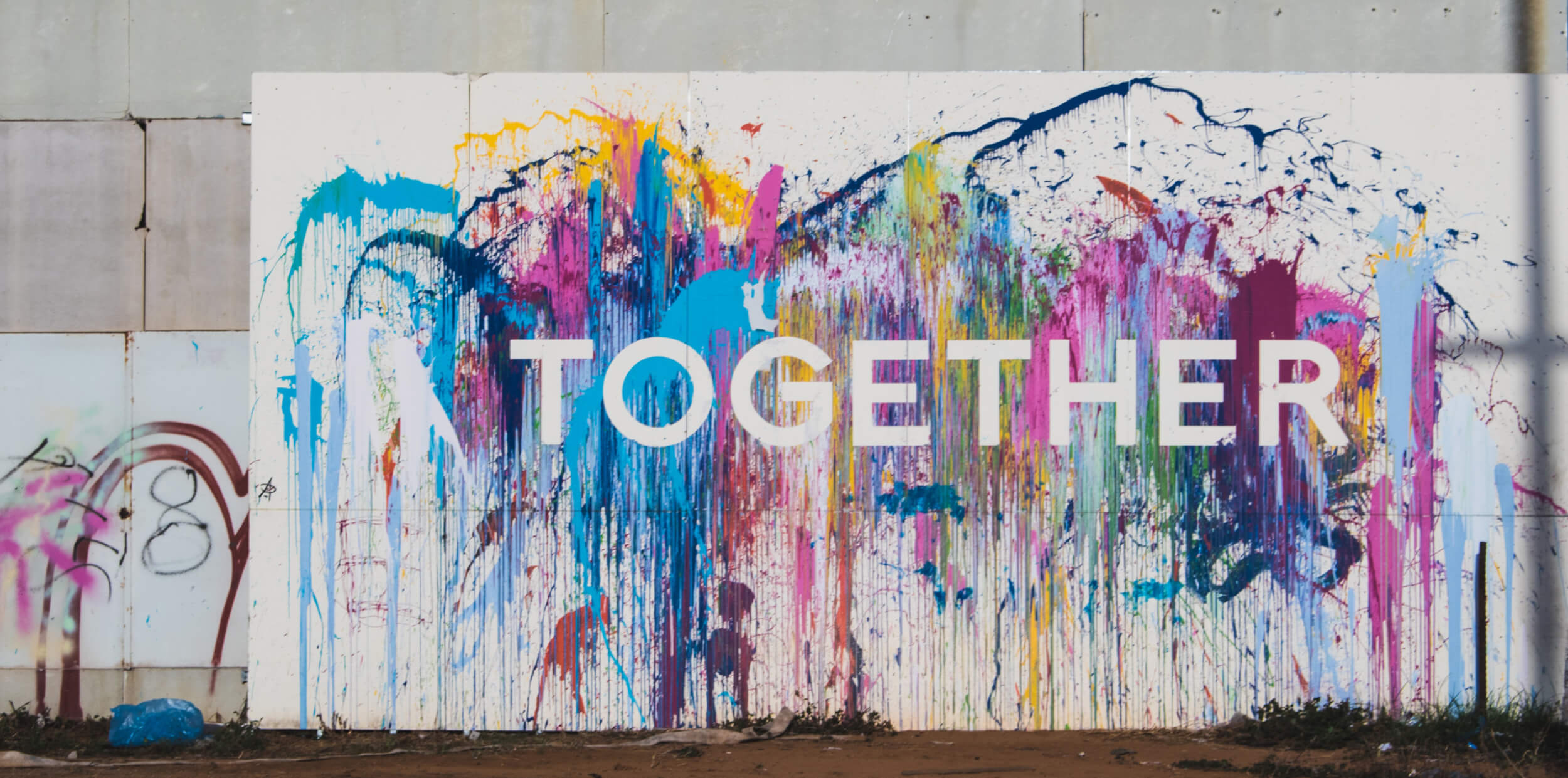May 21 2021
Tags:
Share:
Finding the right creative partner can be a tricky task. Over the past twenty years we’ve experienced, observed, participated (and walked away from) a whole mix of processes from lengthy 60 page tender documents, to a casual conversation over a coffee.
We’ve seen hugely successful techniques resulting in wonderful work and lasting relationships. And we’ve also witnessed complete disasters that have exhausted both parties before the project even begins. In this blog we wanted to share our thoughts on a successful search and how you can find the right fit, whilst making it an enjoyable process.
Favourable foundations rather than forms
With a vast choice of creative teams out there it can seem hard to know where to start. You have a project with organisational expectations, goals, aspirations, stakeholders to please, funds to raise, new people to reach. But before any of that you’ve got to select who can help you achieve your aims. Finding the right people, and starting with the right selection process will reap rewards.
First impressions (on both sides) can make a huge difference. Take your time to get a fair, robust and useful selection process together and it will result in a lasting and trusted relationship. If you treat it like an old fashioned date, instead of a form filling exercise on a comparison website, you’ll find a partner with the same values and understanding as you. They should also be able to add innovation and expertise to give multiple layers to your project. You want to plan for a long term relationship, rather than just a handful of dates that don’t really go anywhere!
Procurement and pitching – building a relationship
A creative team should be allowed to express their enthusiasm and thinking, but you won’t achieve this by requesting forms, finance history, hourly rates or membership criteria.
If you want creative ideas to be presented at the point of pitch, expect to pay for the agency’s time. Free pitching is a process that is still often entertained, but it’s an approach that is abused and all too often fails to provide a robust and trusting partnership. Asking a creative partner to show you possible solutions at a pitch is like asking a cake maker to design, bake and decorate three cakes, tasting them all and then only paying for one. This video is worth a watch, it’s the perfect demonstration of why this expectation is unrealistic: https://www.youtube.com/watch?v=essNmNOrQto
Create your positive selection process
To achieve a successful outcome, the selection process should be positive at every turn and include ongoing discussions of discovery.
The best place to start is to look for agencies who have experience in your sector and ask friends and colleagues for recommendations. LinkedIn or directories such as CharityComms or the DBA are also good sources of information.
Spend time on building and getting to know a shortlist (and I mean a shortlist, a maximum of three or four) of agencies rather than expending time in crafting the documentation and exhaustive RFPs (Request For Proposal). Have conversations, prepare some questions of important areas of your challenge and be honest about your current situation and concerns.
Make sure you have the difficult conversations upfront. Talk openly about budget, whether you’ve had experiences before that you’ve been disappointed in or have found problematic. What do you want success to look like, what don’t you want? How do you like to work, what in-house resources do you have, is there anyone in the organisation that provides a tricky dynamic? Most agencies will have experiences and techniques to share with you. They might walk you through their process of a project and show you the different stages and what they present from initial ideas to completion and how they got there.
Also make sure to ask for references and speak to the referees. I’m constantly surprised at how few people bother – existing clients will be the perfect benchmark and reflection of what the team are like to work with.
Next steps:
- determine that they have the capability
- worked on some similar projects or for similar organisations
- produced some work that you admire
You’ve received good feedback from others and the agency has demonstrated some understanding of what you’re trying to achieve and offered some interesting insights. Then if you feel comfortable, have a good rapport and are excited about what you can achieve then it’s time to get started on working together!
The following phase is exciting and equally as important – the agency digs into your brief and research, together with their own industry knowledge to either enhance your brief or challenge it and even maybe your initial thinking. The investment in this aspect of a project shouldn’t be underestimated.
After this stage your creative team should then provide three to four approaches based on that distillation of discovery and analysis. You’ll be presented with well informed, thoroughly researched, bold ideas that open up a range of possibilities and opportunities, rather than indicative suggestions from a free taster!
At Door 22 we have a tried and tested two phase process that we’d be happy to share with you. It shows where we invest our time and provides you with a pathway to maximise the success of your project. Get in touch.
Photo by Nicole Baster on Unsplash

